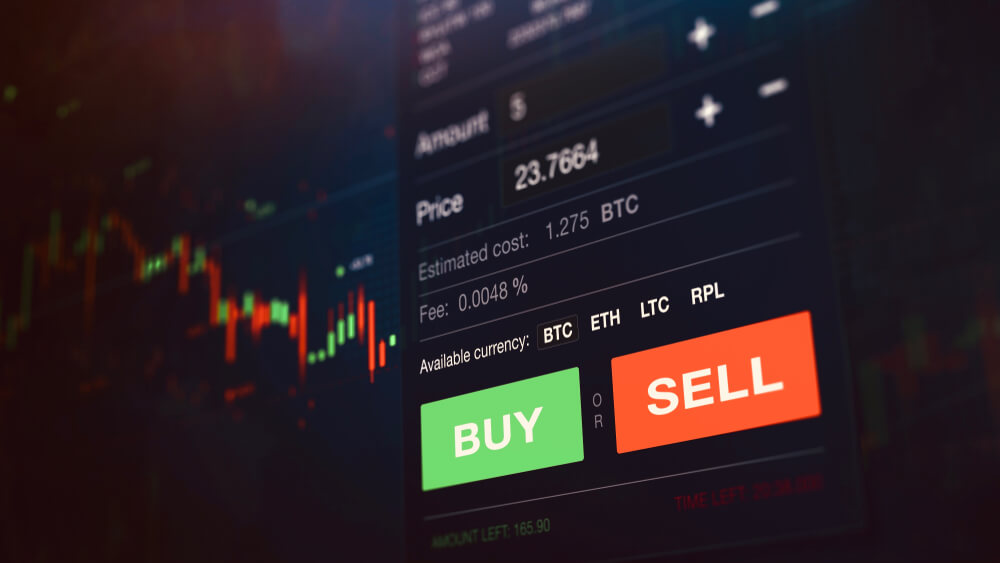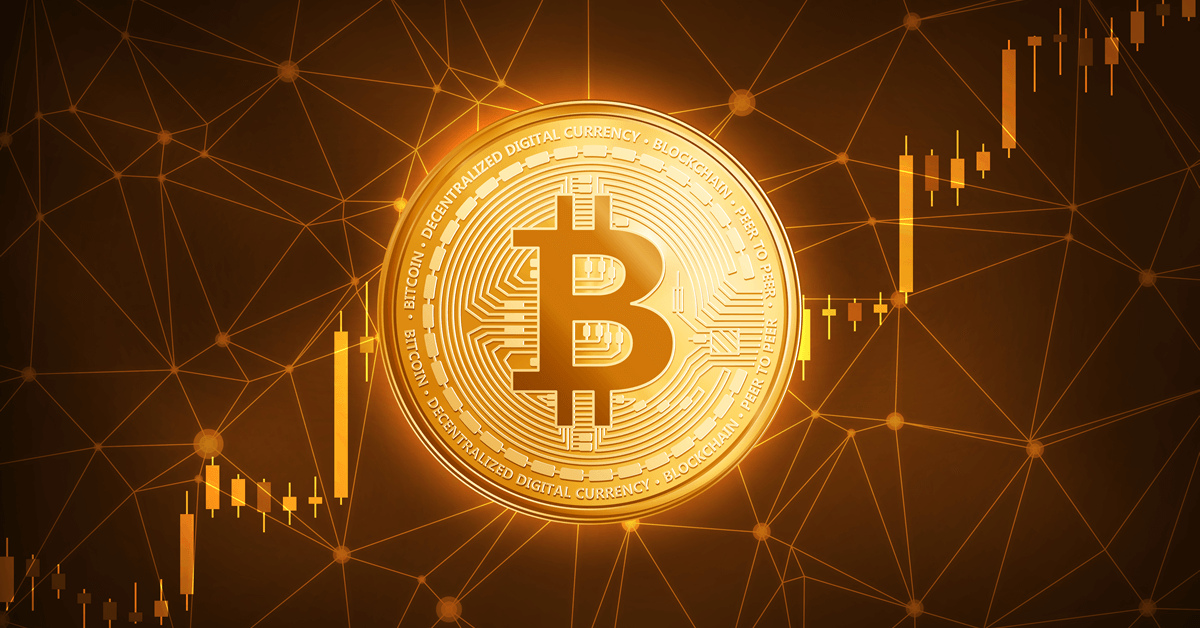Introduction
Investing and trading cryptos is not just about buying and selling these currencies, there are other alternatives as well. Bitcoin options trading is a lucrative alternative for the same. It offers more flexibility and extensive strategies in comparison to trading on cryptocurrency exchanges. However, trading Bitcoin options is not as easy as buying Bitcoins on exchanges. In this article, let’s understand some of the basics of trading Bitcoin options.
Bitcoin Options – An Overview
Options are a form of derivative, which implies that they are centered on an underlying asset like cryptocurrencies, stocks, or commodities. Depending on the contract type, buyers will be provided with the opportunity to purchase or sell the asset at a particular value called the strike price within a particular time period.
We will come across two forms of Bitcoin options, just like while trading the traditional options. And they are, Call & Put Options. Call Option holders get the chance to purchase assets at a fixed price within a specific window of time. Put Options offers the chance to sell at a particular price in a specific time frame.
When purchasing Bitcoin options, traders have to pay a specific premium for the chance to sell or buy Bitcoin at a price set in the future. This provides a smart way to go short or long BTC, allowing investors to gain even when the market is declining, and multiply their profits.
How Do Bitcoin Options Trading Work?
If the underlying investment is trading more than the strike price, it is considered to be in the money for a call. Investors have the right to buy Bitcoin at the lower strike price. They can later sell the same at a higher price and keep the difference. If there is a price that goes under the strike price beyond the expiration date, it will not be worth anything. But the loss investors incur is limited to the premium they have paid.
In case of a put, the price must be under the strike price to be “in the money.” Traders have the right to sell the Bitcoin at a higher value than the strike price. To leverage it, investors need to purchase the asset at market price. In the future, they can sell them at a value higher than the strike price and keep the profit.
Where Can Traders Bitcoin Options?
Bitcoin options are not available on the crypto exchanges. Presently, the three primary Bitcoin option trading platforms that include:
Quedex in Gibraltar | LedgerX in New York | Deribit in Amsterdam
Why Trade with Bitcoin Options?
The following are the reasons to trade with Bitcoin Options:
- They are better in comparison to futures as their loss is limited to the premium paid.
- Bitcoin options are extremely flexible as they can be leveraged to reflect the future pattern and use different types of strategies.
- You can harness volatility without bearing a directional position via delta hedging.
It is important to understand that not all Bitcoin options work similarly. While traders can exercise the American Bitcoin option anytime they want, European options can only be exercised upon the expiry. When it comes to buying Bitcoin options, traders should select a credible platform with a proven track record.


